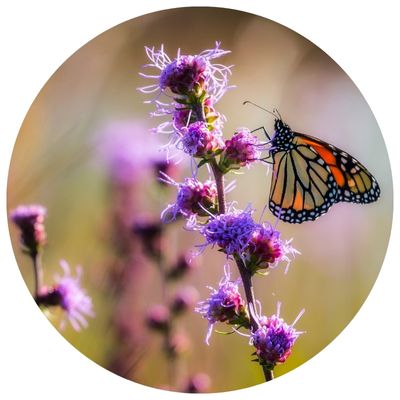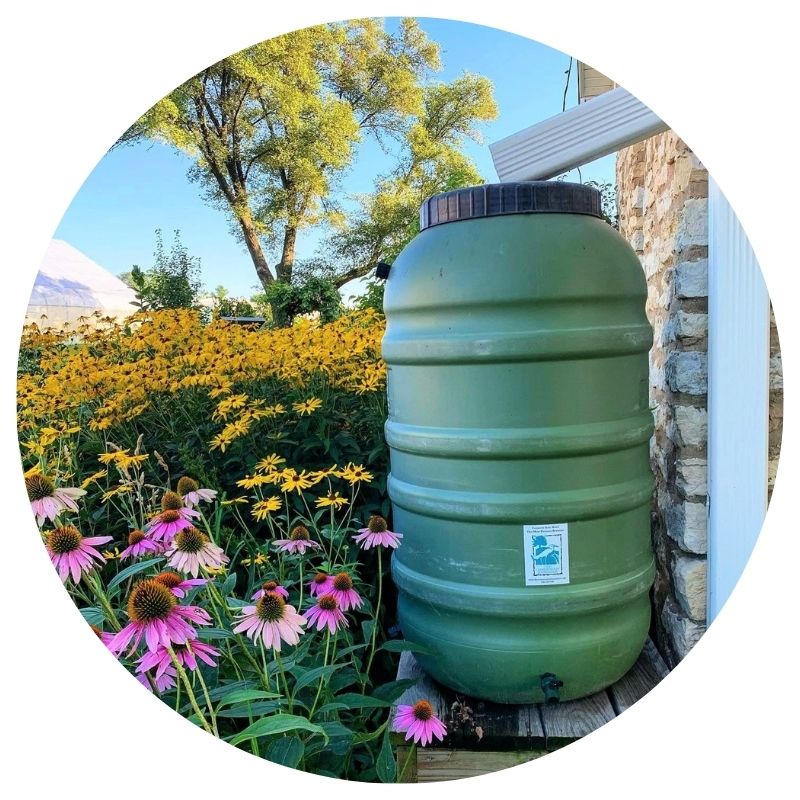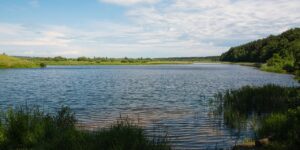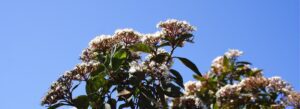Conserve Water, Save Money
Conserve water to cut down your water bill. For neighborhoods on groundwater, reducing water use takes on greater importance. Fortunately, there are many opportunities to conserve water at home, especially outdoors for lawn and garden care.
Ways to Reduce Water Use for the Lawn and Garden
Incorporate some or all of the following practices to use less water and lower your water bill:

Water at the Optimal Time
The best time to water your lawn, garden, or landscaping is in the early morning, when the ground is cool and before the sun is high in the sky. On the other hand, the worst time of day to water is when the sun is at its peak, at about mid-day. When you water during cool parts of the day, more of the water will get to your plants instead of being lost to evaporation. Evening and night are also decent times to water.
If you have an automated sprinkler or drip-irrigation system, set the system to turn on between 5 am and 9 am.


Position Sprinklers Correctly
Make sure your sprinklers are positioned so that they spray completely into the lawn. Sounds simple enough, but it’s not uncommon to see streams of water flowing into the street because lawn sprinklers are hitting more pavement than grass. Check the position of your sprinklers a few times throughout the summer to make sure they haven’t moved.


Mulch Landscaping and Garden
Mulch holds water and reduces the amount of moisture evaporating from the soil. Mulching will help your plants absorb more water and may allow you to stretch the time between waterings. Mulch also captures more rainwater for your plants. Another benefit to mulch is that it discourages weeds around your plantings. Less weeds means less competition for water and less time you’ll have to spend maintaining your garden.
You can use woody mulches (preferably shredded or smaller pieces), straw, and compost for mulch. Leaves are also great to use as mulch. Leaves should first be shredded with a lawn mower before adding them to garden beds.
You can also create leaf mold, which is made when you compost leaves. Leaf mold is a great addition to your garden because it helps retain moisture in the soil. In fact, leaf mold can hold up to 500% of its own weight in water! Create a bin or set aside a space for a leaf pile, add mulched leaves, keep the pile moist, and add to your garden once the leaves have broken down significantly.


Landscape with Plants that Need Less Water
Perennial plants generally need less water than annual flowers. Even better, native plants—plants that are adapted to our climate—need very little water once they are established. Water native plants regularly during the first year. After a year or two, you’ll need to water them during hot, dry periods.
There are many options for native trees, shrubs, flowers, and grasses. Select native plants particularly suited to your garden’s conditions, such as the amount of sun and average soil moisture.


Choose Containers Wisely
Pick light-colored containers over dark containers. Black containers will absorb and retain heat that will quickly dry out the soil. Porous planters like terracotta and fiber liners in hanging baskets will dry out faster too.


Turn Hoses Off at the Spigot
Hoses are notoriously leaky. Holes in the hose and imperfect hose attachments can waste a lot of water throughout the day. Turn the water off at the source after you’re done watering instead of depending on the hose sprayer valve alone.


Collect and Use Rainwater
Rainwater is a free source of water to use in the garden—you just have to collect it first! Install a rain barrel under one or more of your downspouts. After each rain, you’ll have a barrel full of water for your garden and landscaping. You’ll be able to significantly reduce your water bill by supplementing (or even replacing) your outdoor water use with rainwater.
As you try out these water conservation practices for your lawn and garden, you may notice even more ways to save water and other resources. Take it step by step, and watch for your savings on your next water bill!




